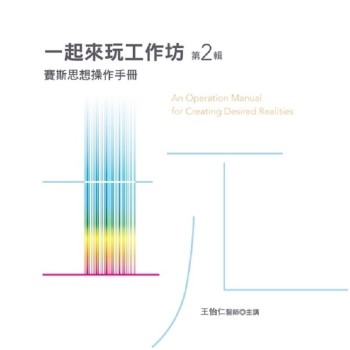This book of empirical studies analyzes examples of televisual shared universes since the 1960s to understand how the nature of televised serial narratives and network corporate policies have long created shared storyworlds. While there has been much discussion about shared cinematic universes and comic book universes, the concept has had limited exploration in other media, such as those seen on the smaller screen. By applying convergence culture and other contemporary media studies concepts to television’s history, contributors demonstrate the common activities and practices in serial narratives that align older television with contemporary television, simultaneously bridging the gap between old media and new media studies. Scholars of film studies, media studies, and popular culture will find this book of particular interest.












